Gabapentin All Day
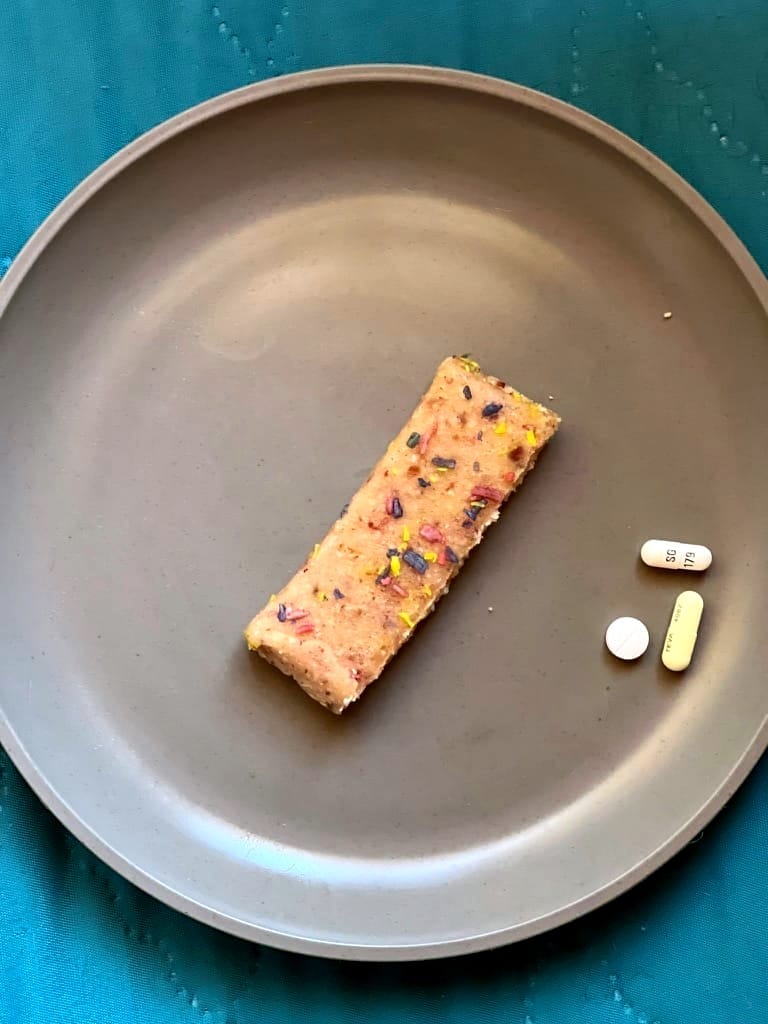
HERE’S THE THING about being diagnosed with Major Depressive Disorder: I figured it was a passing phase. At the time, almost 15 years ago (!), I thought the “major” was a little dramatic. Now, I think it’s only dramatic enough if one pronounces the “major” with valley-girl force. PTSD, too, I thought was a label I’d fix after a while—and I wildly objected to being diagnosed with either disorder, for any amount of time—but instead, it got only stronger in my medical charts. Chronic/Complex PTSD is what they now call my utterly reasonable response to my circumstances.
Last month, my PCP asked how I was doing since having my Lexapro dose doubled to 20 milligrams a day. Better, I told him. My hardest moments, usually a 12 out of 10 on the suffering scale, were now more like a 6.5. While we were at it, he asked why my psychiatrist had prescribed the 100 mg of gabapentin I’ve taken twice a day since last winter, and I explained how my body hurts, all the time. It hurts less when I take gabapentin, a nerve pain medication.
They call this “high tolerance, low threshold,” common in people with MDD/PTSD: Your tolerance for pain is high, too high, because you’ve long been pushing through it—I had multiple surgeons throughout my transition comment that my pain tolerance was remarkable. (One of them frankly seemed to find it unsettling.) But your threshold is “low.” That is, I don't have major tissue damage or degenerative muscular disease that would make my body hurt all the time. Totally regular stimulus—that is, “just” being alive—does.
My psychiatrist, an older woman who seemed consistently both surprised and delighted by my gayness (“I love your nails!” she giggled awkwardly at me one time; another, “Who is your boyfriend??”), prescribed me gabapentin after Lexapro alone wasn’t getting me out of bed as much as she’d like. When I thought 200 mg a day was helping, she said she thought I could be taking way, way more.
“I violently agree with her,” my PCP said when I relayed this, nodding emphatically. Picture the most mild-mannered, cheerful white dude with a brown goatee that you can—that is my doctor. Our checkup was over video, so I couldn’t see his pants, but I bet they were khaki. I was shocked to hear that Troy does anything violently, or even uses that word. But regularly suffering at a 6 out of 10, he pointed out, is still high. And Western medicine is extremely tolerant of what sounds to me like huge amounts of gabapentin.
“It never turns toxic in a person’s system,” he said, referring to organs and such. Ivy, my psychiatrist, had said the same. They both have patients who’ve been taking 3,000 milligrams a day for years. And just like that, last month, my ’scrip got quintupled. One 300 mg capsule, three times a day.
FOR THE FIRST 13 years of my diagnoses, I refused psych meds. I was convinced that they would stop me from addressing the underlying causes of my issues head-on. Maybe I was right—it’s certainly true they wouldn’t have been compatible with some of the psychedelic therapy I needed to work through said issues. Maybe I also didn’t yet know how to accept help, or how to suffer less. Definitely, I didn’t want to admit that I needed pharmaceutical intervention.
But let’s face it! My nervous system is cooked. That ship probably sailed by the time I was five years old, and there’s nothing I can do about it, though I have done allllllllll the things: the much-lauded MDMA therapy. The also-lauded, ever-more-promising-for-practically-any-ailment ayahuasca therapy. Psilocybin in doses both big and small, and so much yoga and EMDR that I should be awarded honorary doctorates in each. Breath work! Sound baths! Meditation! Several-hour redwood hikes several times a week for multiple years in a row. Yes I absolutely was hoping that all these things would permanently fix something—namely, me—when I started doing them. And while they all made me a better and truer and wholer and more healed being, I finally recognize, having addressed my underlying issues quite thoroughly, that “fixing” anything is not the goal.
Acceptance is.
When Troy asked me what my triggers were (he specializes in PTSD), I scoffed at him a little. I lived with my father, a rapist, who both took me to and brought into our house more rapists, for 18 years. So, almost any smell or taste or song or sound or sight or sensation or recollection or human or place?
Related articles:
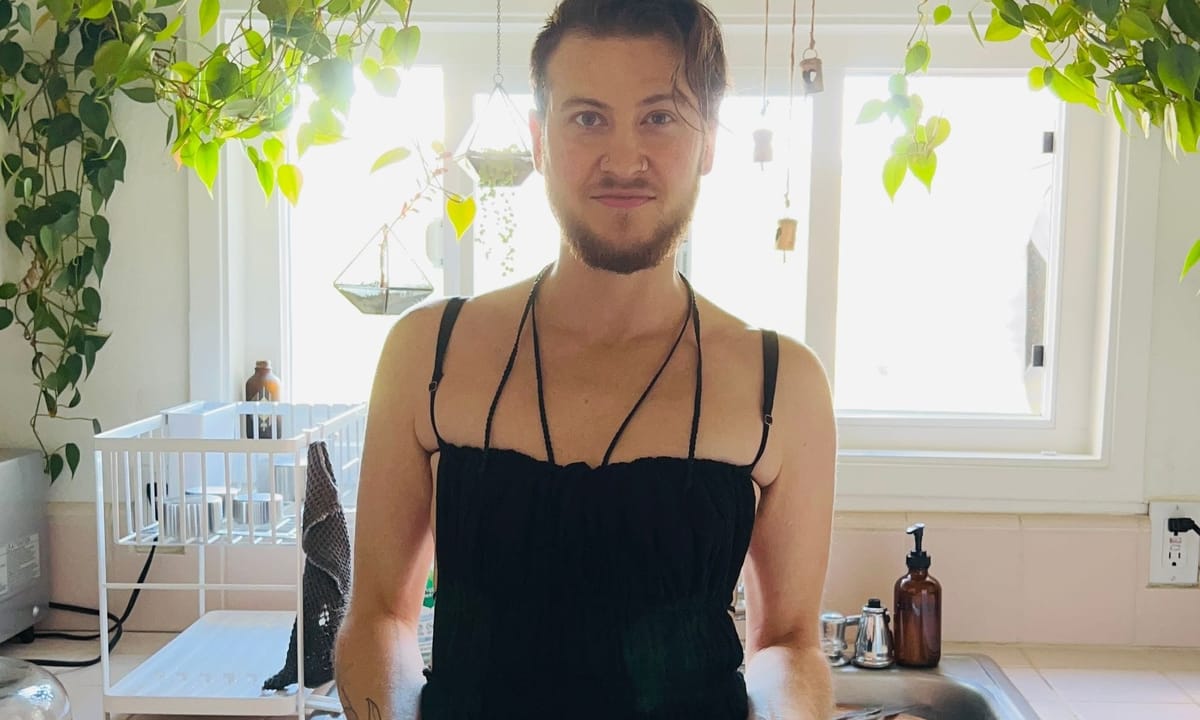

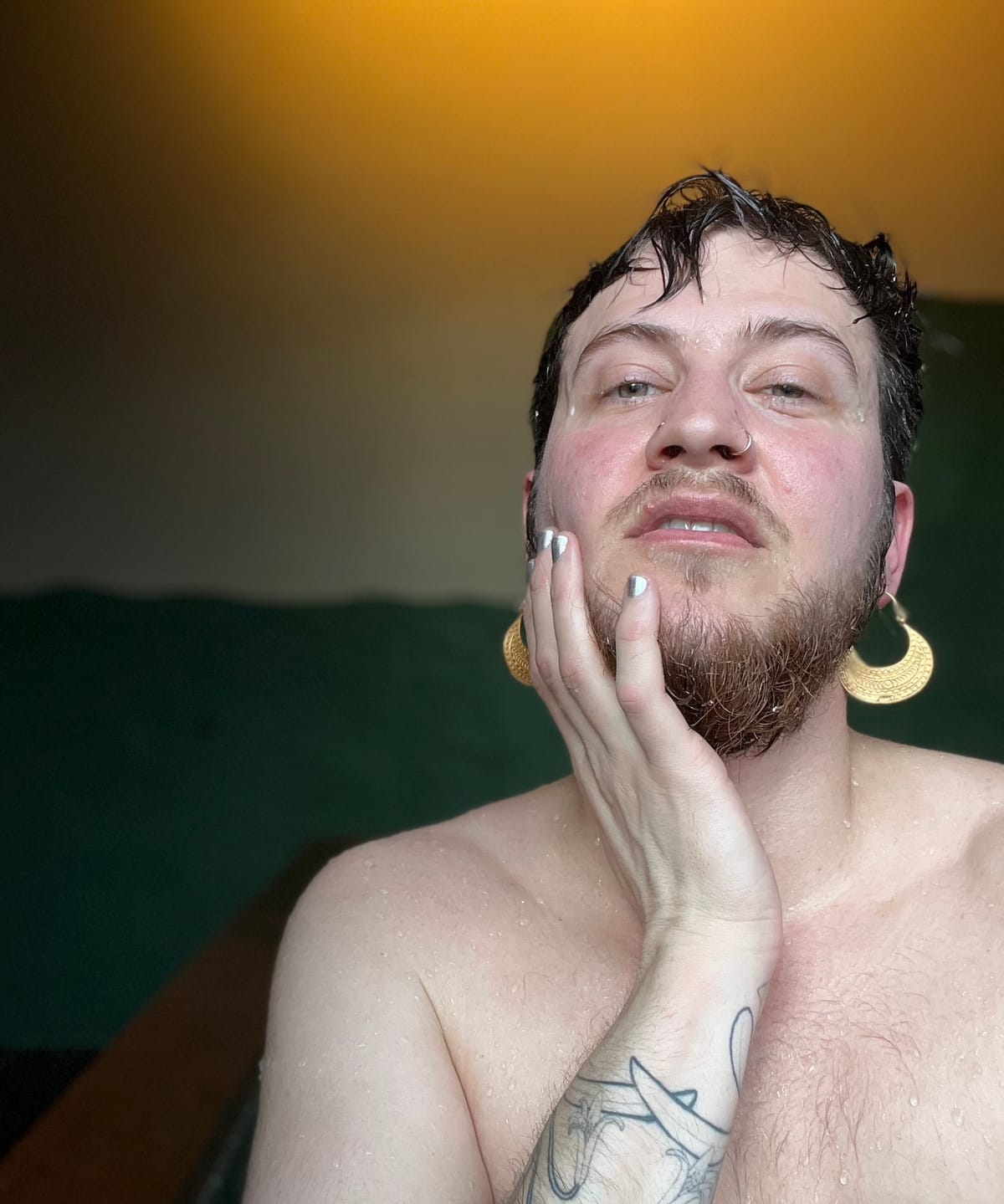
“Also,” I told him, “it’s a lot to be gay and trans in the world.” I know he didn’t—he couldn’t—really get it, nice of an ally as he may be. One of my ex-boyfriends/fellow transes and I used to joke that the slogan for our experience was, “Being trans: somehow even worse than you think!” I’ve noticed that when I’m in spaces that are heavily queer and at least half trans, the screaming in my brain that is prone to panicking about how I’m doing the wrong thing all the time nearly disappears—whether I’m on medication or not.
Those demographics, as you can imagine, do not happen in many spaces. Hardly any spaces.
In this country, the Trevor Project estimates that the rate of trans youth who experience depression symptoms is—staggeringly—69 percent. Globally, some of the highest risk factors for developing mental illness, particularly depression and anxiety disorders, include poverty and being a woman; rape, trauma, and war; and being gay. (There is not that much global data—there is never much data—on trans folk.) Years ago, I interviewed Jonathan Metzl, the director of the Center for Medicine, Health, and Society at Vanderbilt University, who said, “Calling something mental illness is a way of decontextualizing it. It allows people to not pay attention to social and political problems. You have to be very wary of using diagnosis, because it locates the problem in people’s brain, and gets society off the hook.”
I was conducting this interview after an editor had sent me to Kenya to report on an international mental-health NGO. Kenya, when I arrived in 2015, had either 25, 53, or 75 psychiatrists, according to varying estimates—not a lot, in any case—in the whole country of then 47 million people. The NGO, BasicNeeds, was founded by a British guy who had once seen a group of people with mental illness being kept in a cage in a Malawian hospital. It brought psychiatrists and meds and rehabilitation activities, among other resources, to people in under-resourced areas around the world.
One day on that assignment, I set off from Nairobi with two Kenyan workers who drove for hours, much of it through road-less desert, anthills taller than me erected like mud monuments across the landscape. They were going to teach a candlemaking workshop to some 50 Maasai women, who arrived on foot a few at a time draped in traditional red cloths. They gathered to sit under the dappled shadow of an acacia tree’s thin, thirsty leaves. Some of them suffered from mental illness; some were caretaking children who did; all needed to learn how to make something they could sell for a profit. One of them was so anxious that she constantly chewed her arms and hands, until they were raw.
Another day, I drove with another Kenyan staffer east to where the air was cooler, to a tidy tin house on a green lawn. We walked up to a couple in their sixties sitting in chairs in the yard, surrounded by perfect hedges with pink flowers. The wife, Theresia, was a broad, handsome woman in a skirt and little pink slip-on shoes who got her antipsychotics from BasicNeeds. Before she started taking them, she sometimes threw screaming, violent fits that “forced” her husband to tie her up and lock her in the house when he went to work, he said.
Several times, she managed to free herself. Each time, she broke all their windows.
This was closer to what the editor had suggested the publication was after: drama. Something like tortured Malawians in a cage. The husband told me that the stress of Theresia’s illness and trying to take care of her had been making his whole body sick. Maybe he was conning me, was a monster in private. But I believed him.
In Kenya at the time, mental illness was most often considered the result of a curse or witchcraft (I haven’t been there since, so can’t speak for today), and as even the Kenyan BasicNeeds director put it, sometimes it was safer to restrain and/or contain your loved one. “If you go to get them food, they might wander outside and get stoned. If they’re ladies, raped.” It wasn’t a wild hypothetical: BasicNeeds’ Nairobi office had clients with babies from such assaults. I did find a community mental health volunteer at one dusty clinic who knew the few households in her district who still locked or chained up their unwell relatives—usually schizophrenics—but she didn’t vilify them, she told me. She was slowly, gently trying to offer education and assistance that might get the patients stabilized. She’d gotten families to release people this way before.
“You could take the short way around the barn,” he said, “and give the drunk violent men [medication] and call their thing a disease.”
While I was at Theresia’s house, she was lucid and serene, if a bit regretful. “I felt so bad,” she told me about breaking the windows. “That’s why I agree to take medicine every night.”
Ultimately, the editors killed the story, after spending exorbitant amounts of money having me report and write it. I can’t say for sure why, but I suspected the lack of sensationalism was a reason. By far Kenya’s biggest mental-health problem, quantitatively, was depression (BORING), to which plenty of (BORING) factors likely contributed: the world’s fourth-largest HIV epidemic. Seventy percent youth unemployment. Drought. (“That zebra,” a BasicNeeds staffer I was driving with one day said, pointing off the side of the road, where a zebra apparently didn’t belong, “must be looking for water.”)
Another one of my expert interviewees, Gary Greenberg, therapist and author of Manufacturing Depression: The Secret History of a Modern Disease, put it thusly. “Look, life is really hard in this society.” A diagnosis and pharmaceuticals “will help you cope with that, and maybe you use some of your freed-up energy now that you’re not depressed to do something about the fact that there’s too many drunk violent men.”
Or, “You could take the short way around the barn,” he said, “and give the drunk violent men [medication] and call their thing a disease.”
But that’s not the world we live in. While we live in this one, said Greenberg, “To the extent that people are throwing money at it and going out saying, ‘You’re depressed, here’s something that will help,’ that’s better than nothing. Maybe it ultimately holds the fort long enough for people to get angry about doing something about the situation.”
The aforementioned community mental health volunteer was a tiny woman named Grace. She was dressed all in black, and had been so debilitated by depression herself once that she’d stayed in a hospital for a month and a half. I remember thinking, Of course this woman, who went around kindly encouraging people to unchain schizophrenic human beings, might want pharmaceuticals to make her life more pleasant, regardless of whether there was anything “wrong” with her. At the same time, I had myself turned down multiple recommendations from a therapist for meds, despite having regular four-hour crying spells and so much pain in my back that I felt like I was being stabbed in both shoulders almost 100 percent of the time—a pain I’d had since grade school.
When we met in his office, Kenya’s director of mental health told me that when he had been a practicing doctor, most of the depressives he saw came in thinking they had malaria or typhoid, because people just don’t understand how physical the symptoms are. Even now that I know it, it’s still hard to admit how much my body hurts, because that means admitting how long, how much, it’s been hurting, as well as how powerless I remain to somehow solve it. This last fifteen years of intensive therapy, I’ve been wanting to restore myself to some imagined ideal where I feel fine and don’t need help. Where I feel like all the things that happened never happened; where I could be whoever that entirely theoretical person would or could have been.
But I’m not that person. I’m this person. And I am all about giving myself as many aids and comforts as I possibly can these days.
THOUGH I VIOLENTLY resisted (see what I did there?) taking any pharmaceuticals until last year, the three kinds of meds I’m on now feel better than no meds. Prazosin, to my great surprise, cut the length and frequency of my flashbacks by probably 90 percent almost as soon as I started taking it. My new gabapentin regimen is an experiment, like everything else in life. You don’t know how you’re going to feel about an experience until you know. I don’t know who I’m going to be without constant suffering.
What I do know is that right now, for me, 300 mg feels better than 100 mg, and three times a day is better than two. I feel less compelled to drink, which I prefer to do because I like it rather than because I need a fucking break from my own brain. Recently, I was lying in the squish and suddenly realized that I couldn’t remember the last time I’d thought about killing myself. It might have been only a week or so, but for me, it’s remarkable to not have a strong and very recent recollection of not wanting to be alive.
The pharmacist at the local Walmart knows me by name now, that’s how often I roll up in there. I know hers, too, and that she has a granddaughter whose school wrestling team went to the championships this year; that she’s a fan of a farmers market an hour away; that she went to see Sir Mix-a-Lot (!) when he played nearby. (“Do you know who I’m talking about?” she asked, her grey-haired bun a little loose toward the end of the day. “‘I like big butts and I cannot lie’?”) My PCP believes there is a sweet spot of medication somewhere where I have the energy and ability to do whatever I want. But I’m finally starting to let go of wanting to be able to be someone different, someone else.
“If it makes you tired to take gabapentin in the afternoon, and you don’t like that, you can take less,” my PCP said. I nodded. Sure. But also, if it makes me feel better and I ever feel tired in the afternoon, I can take a nap! That’s precisely the sort of thing I traded having money for—being able to give myself whatever I need, whenever I need it. ♥︎


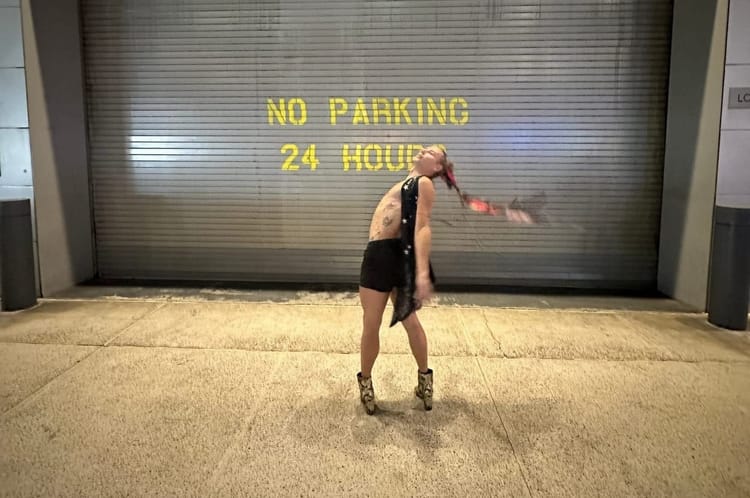
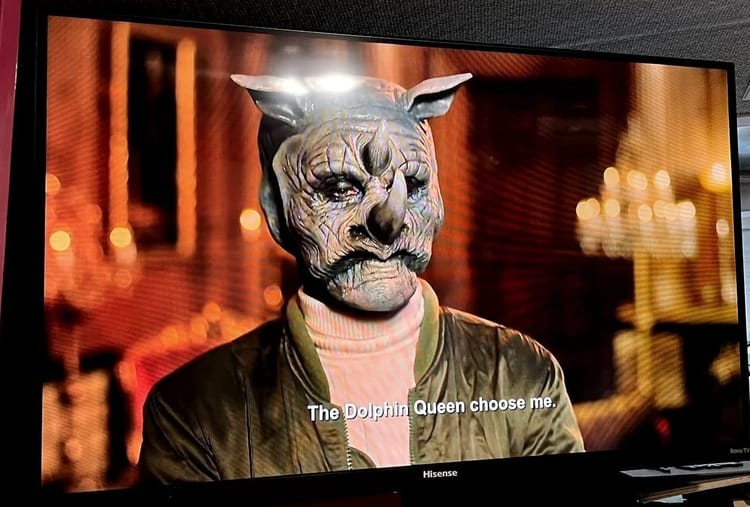
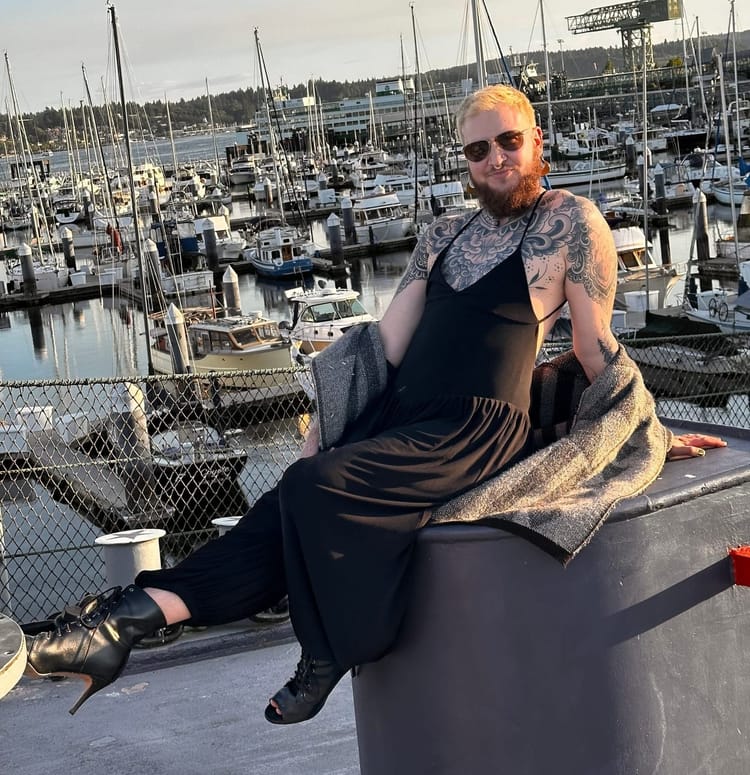
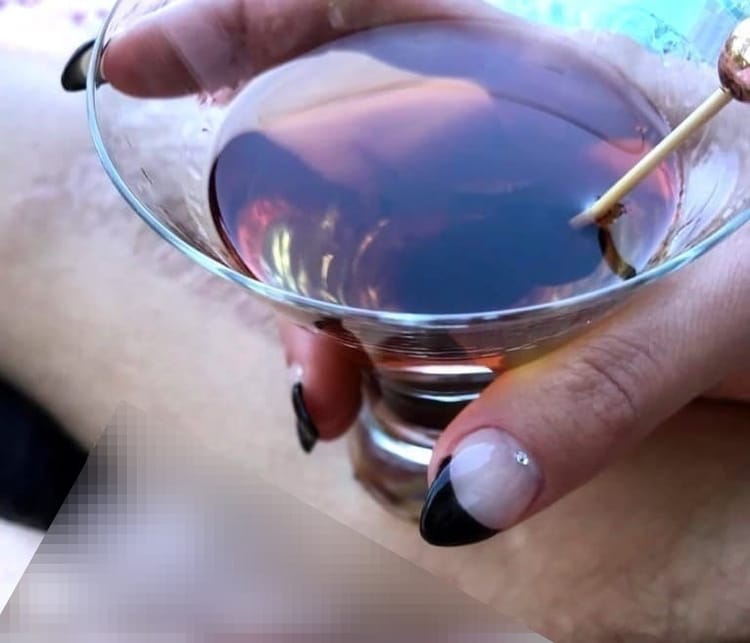
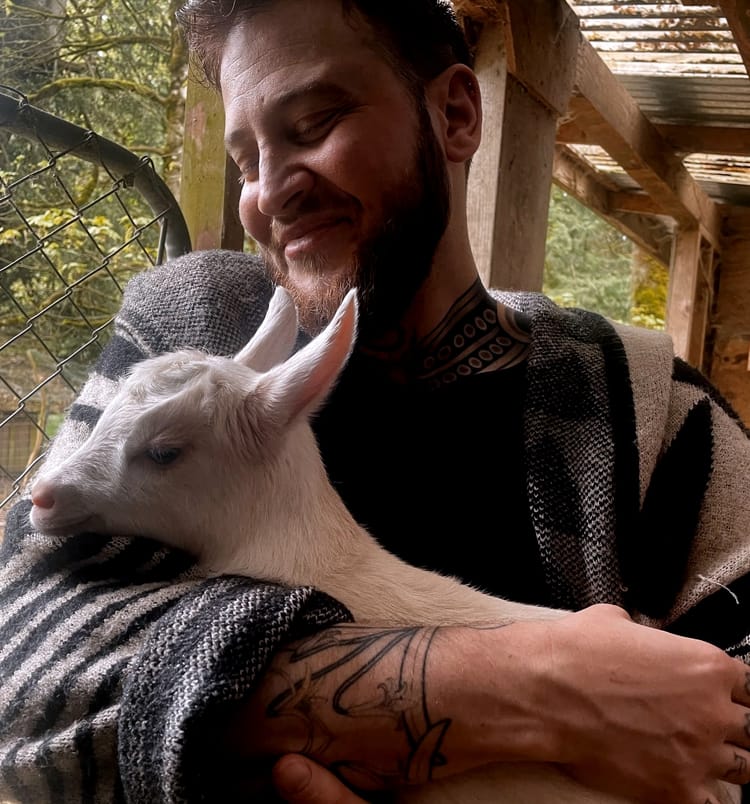
Member discussion